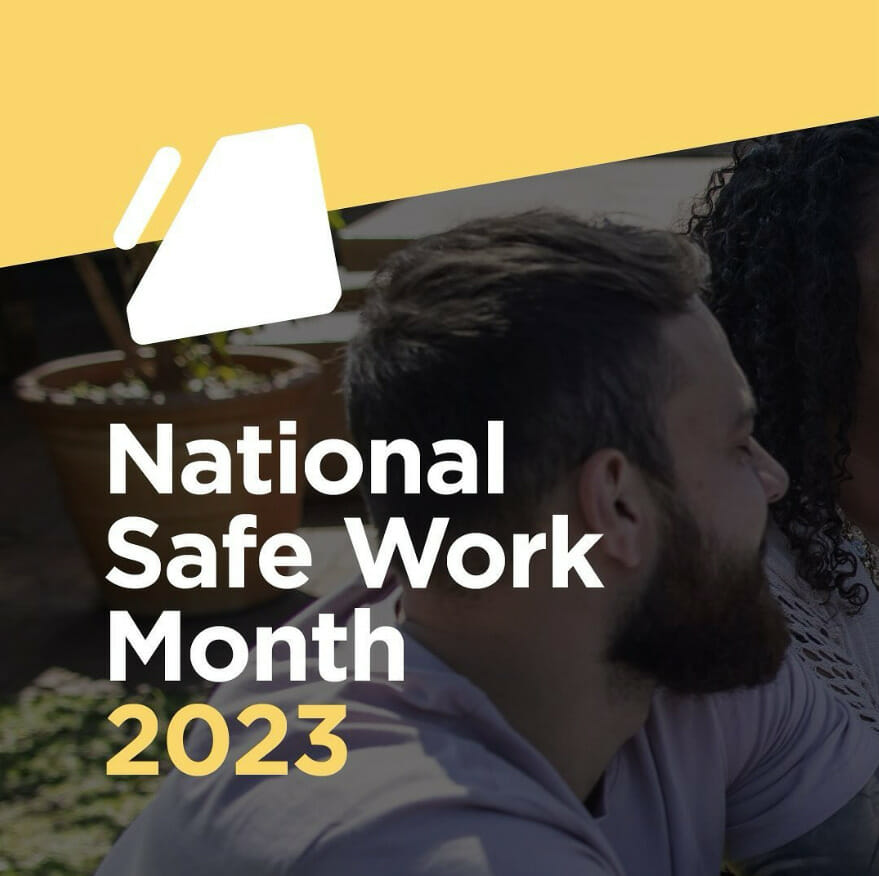Working together to protect our workers
Did you know that the month of October marks National Safe Work Month?
As we head into each week of the month, there is a different theme that arises for us to consider how we could approach our work practices more safely. As we have settled into week 2, it’s the time to consider how we can work better together to protect workers’ mental health.
Mental health is no longer just a ‘nice-to-have,’ but rather a legal obligation under the WHS Act 2011.

How you can minimise mental health risks
Protecting workers’ mental health means preventing psychosocial harm in all its insidious and toxic forms. By working together and encouraging open communication, management and workers can actively build and maintain a healthy, positive and psychologically safe workplace.
mental health checklist
The first thing you should do when conducting a mental health safety audit in your organisation, is to reflect upon your current practices. For example, asking yourself the below questions is a great place to start.
1. Are you experiencing high staff turnover?
2. What data and qualitative results are you receiving from exit interviews, and how are you utilising these results to implement improvements?
3. Are you even completing exit interviews with staff who have left your organisation?
4. Is bad behaviour being brushed off as it can be time consuming or difficult to address?
5. Are you, yourself, guilty of fostering a culture of cliquey favouritism or bad-mouthing employees behind their backs?
All these behaviours, left unresolved or unaddressed, can undermine the safety culture of your organisation.
Tips to improve psychosocial hazards in your organisation
Strong and widely communicated policies are a great starting point, as long as the policies are backed by ethical and empathetic management strategies and behaviours. Mental health first aid training for management and other staff is highly recommended. Getting information from your workers is vital to examine how healthy (or otherwise) your workplace culture is. You can get this information through an anonymous survey, focus groups or one on one meetings with workers. Undertaking a psychosocial risk assessment is a great way to identify the mental health hazards and find effective ways to control them before they cause harm.
Remember, a psychologically healthy and resilient worker is a safe worker.
For more information on how your organisation can improve psychosocial hazards, please email our WH&S Consultant, Michelle Bates, at michelle@dws.net.au for more information.



